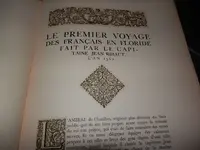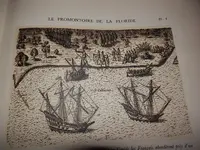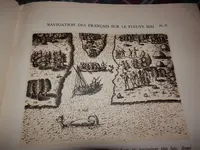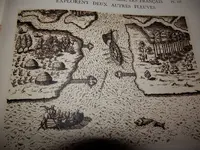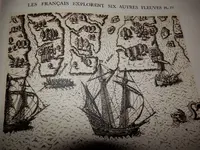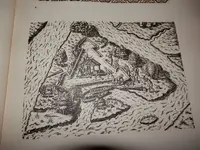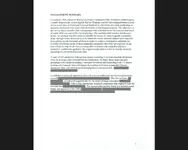Jolly Mon
Hero Member
- Joined
- Sep 3, 2012
- Messages
- 868
- Reaction score
- 631
- Golden Thread
- 0
- Primary Interest:
- All Treasure Hunting
I must be dense or something...
They got over 200 anomalies on this expedition, but were only able to pinpoint one of them with a hydroprobe, so there is nothing possibly shipwreck related about the other 200 or so mag hits
I agree with SmithBrown that there was probably quite a bit of iron aboard La Trinite..." A significant amount of munitions, armament, and supplies are listed on its 28 April 1565 manifest (Armstrong 2001:123-132). Iron objects which are likely preserved include 20 berches (large faucons or falcons, a class of cannon) (Guérout 2011), four chiens (another artillery class), 977 cannon balls, 300 iron pikes, 1,300 nails, 100 corsets of armor, 3,153 pounds of stock iron, two anvils, a large iron bowl, a sheet of iron, and a variety of small items including tongs, hooks, pincers, and other hand tools."
Even so, these items might well be well scattered and the heavier objects, especially, might be very, very deeply buried.
Apparently back in 1994 the beach front was magged with an ATV and a additional 345 anomalies were located...I am not privy to whether any of these targets were ground truthed (probably awfully tough to do), but the report indicates the survey team believed as many as 16 sites on the beach may have been shipwreck related.
The general area in question shows an accretion rate of around 2 feet per year on the beach front from 1873 to 1969. Assuming that rate has stayed more or less constant over the years, that is potentially a lot of sand. When you consider the area from around Sebastian Inlet south to Wabasso Beach has averaged -1 to -2 feet of erosion over the same period, obviously there is potentially quite a different dynamic involved.
I guess we won't know until some of the anomalies found on this survey are actually ground truthed...perhaps more grant money is needed...
They got over 200 anomalies on this expedition, but were only able to pinpoint one of them with a hydroprobe, so there is nothing possibly shipwreck related about the other 200 or so mag hits

I agree with SmithBrown that there was probably quite a bit of iron aboard La Trinite..." A significant amount of munitions, armament, and supplies are listed on its 28 April 1565 manifest (Armstrong 2001:123-132). Iron objects which are likely preserved include 20 berches (large faucons or falcons, a class of cannon) (Guérout 2011), four chiens (another artillery class), 977 cannon balls, 300 iron pikes, 1,300 nails, 100 corsets of armor, 3,153 pounds of stock iron, two anvils, a large iron bowl, a sheet of iron, and a variety of small items including tongs, hooks, pincers, and other hand tools."
Even so, these items might well be well scattered and the heavier objects, especially, might be very, very deeply buried.
Apparently back in 1994 the beach front was magged with an ATV and a additional 345 anomalies were located...I am not privy to whether any of these targets were ground truthed (probably awfully tough to do), but the report indicates the survey team believed as many as 16 sites on the beach may have been shipwreck related.

The general area in question shows an accretion rate of around 2 feet per year on the beach front from 1873 to 1969. Assuming that rate has stayed more or less constant over the years, that is potentially a lot of sand. When you consider the area from around Sebastian Inlet south to Wabasso Beach has averaged -1 to -2 feet of erosion over the same period, obviously there is potentially quite a different dynamic involved.
I guess we won't know until some of the anomalies found on this survey are actually ground truthed...perhaps more grant money is needed...






